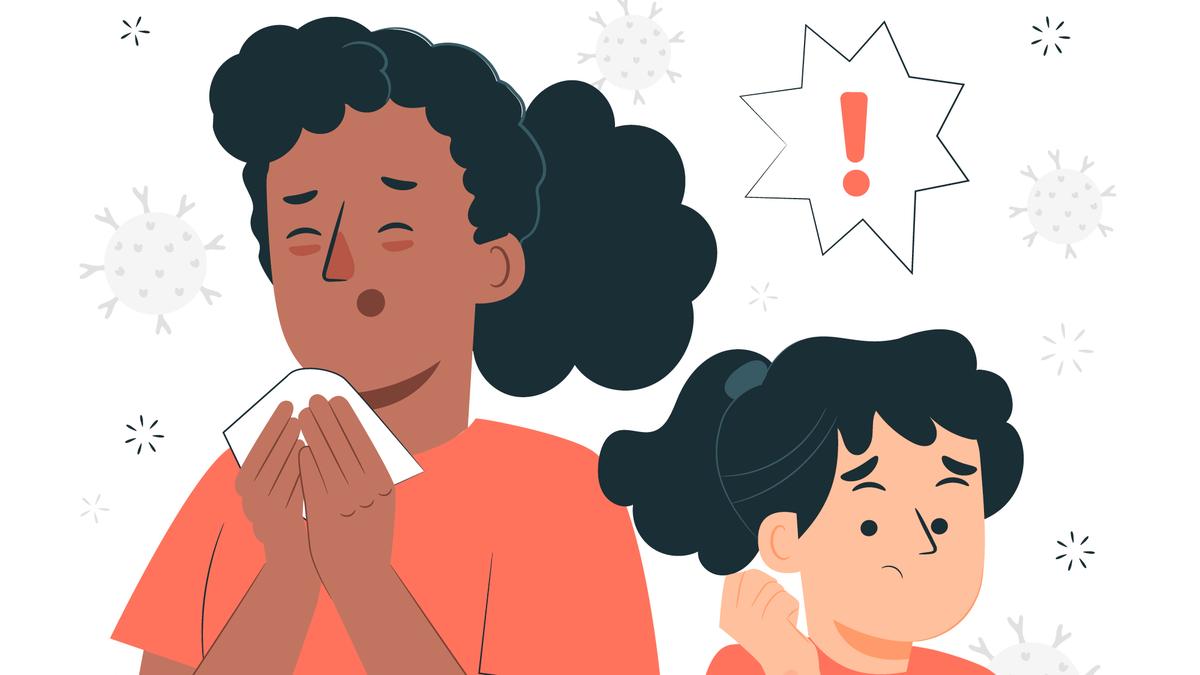
How your immune system reacts through anaphylactic shocks to protect you from the “invaders”
The Hindu
Learn about anaphylaxis, a severe allergic reaction, its symptoms, causes, diagnosis, treatment, prevention, and importance of awareness.
Imagine you are eating takeout, and suddenly you feel like you are getting breathless and it’s getting difficult for you to swallow the food. You also feel itchiness in several parts of your body. These might be symptoms of an allergic reaction or anaphylaxis. When you are allergic to a certain food item or object, and you accidentally consume the same, your immune system reacts to protect you from the “invader”. This immune response leads to the release of a flood of chemicals, which cause symptoms of an allergic reaction.
An anaphylactic shock is a more severe, life-threatening allergic reaction that occurs after exposure to an allergen. It is a rapidly progressing anaphylaxis resulting in a life-threatening drop in blood pressure. It is a medical emergency that requires immediate attention and can affect multiple organ systems in the body, including the respiratory, cardiovascular, gastrointestinal, and skin systems. Understanding its causes, symptoms, diagnosis, and treatment is essential in managing this critical condition effectively.
The most common allergens that can cause anaphylaxis include:
- Foods like peanuts, tree nuts, shellfish, milk, eggs, soy, and wheat are frequent culprits.
- Medications, including antibiotics like penicillin and some anaesthetics, can induce anaphylaxis.
- Bee, wasp, hornet, and ant stings or bites can also be triggers.
Anaphylactic shock occurs when the immune system produces immunoglobulin E (IgE) antibodies (a type of antibody primarily involved in allergic reactions and parasitic infections, produced by the immune system to defend against allergens and other threats) in response to an allergen. Upon re-exposure, the allergen binds to these antibodies on the mast cells and basophils (both are white blood cells in the immune system), causing them to release large amounts of histamine and other inflammatory mediators (naturally occurring chemical compounds that play a crucial role in the body’s immune response).

On June 22, 1978, Charon was discovered by U.S. astronomer James Christy. Considered by most scientists as the largest of dwarf planet Pluto’s five moons, there are others who refer to the Pluto-Charon duo as a double dwarf planet system. A.S.Ganesh ferries you across to Charon, telling you more about it and its discovery…

 Run 3 Space | Play Space Running Game
Run 3 Space | Play Space Running Game Traffic Jam 3D | Online Racing Game
Traffic Jam 3D | Online Racing Game Duck Hunt | Play Old Classic Game
Duck Hunt | Play Old Classic Game










